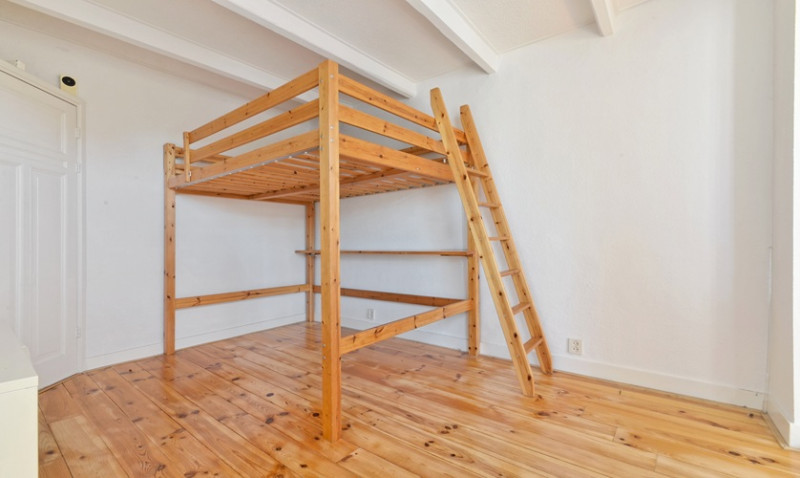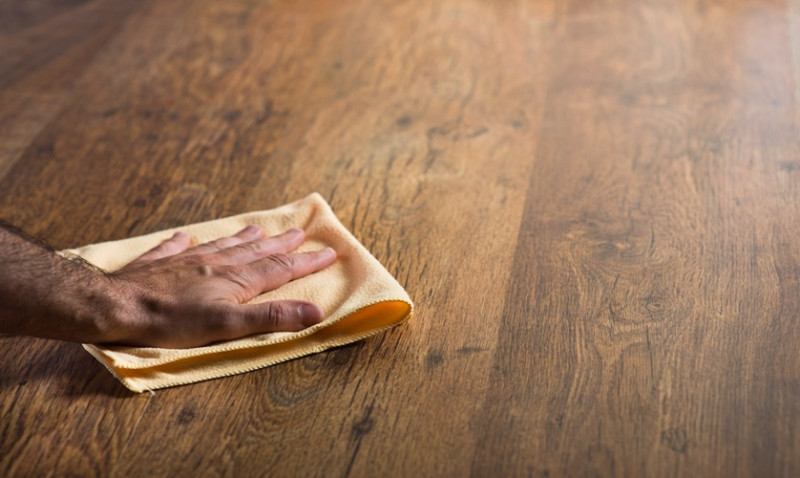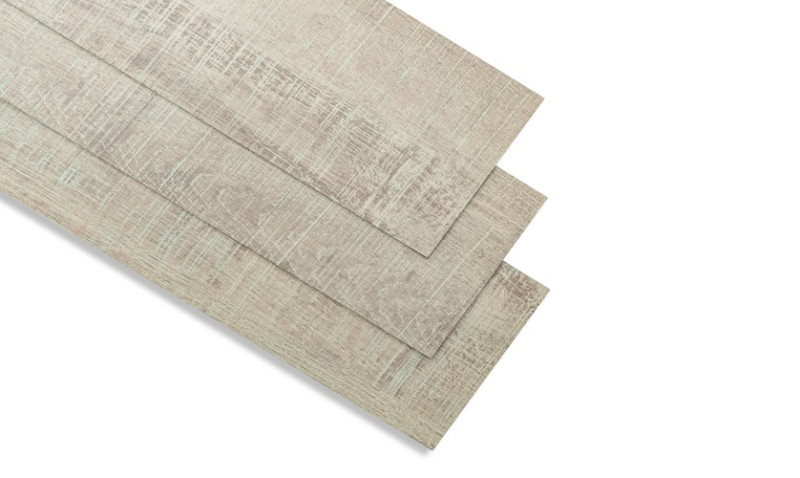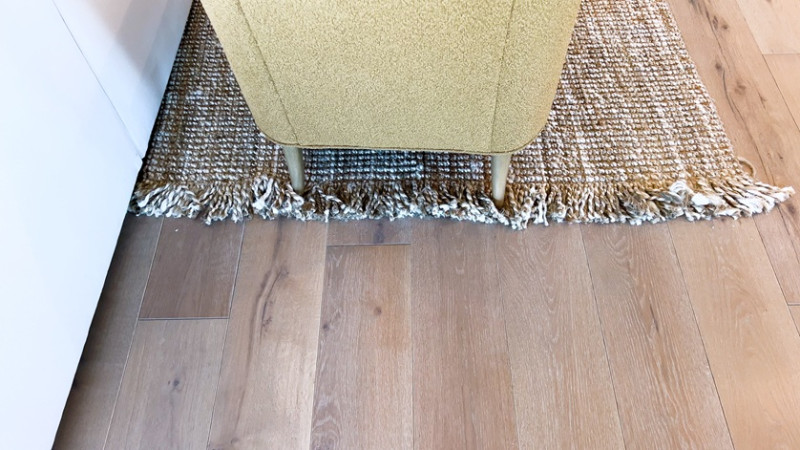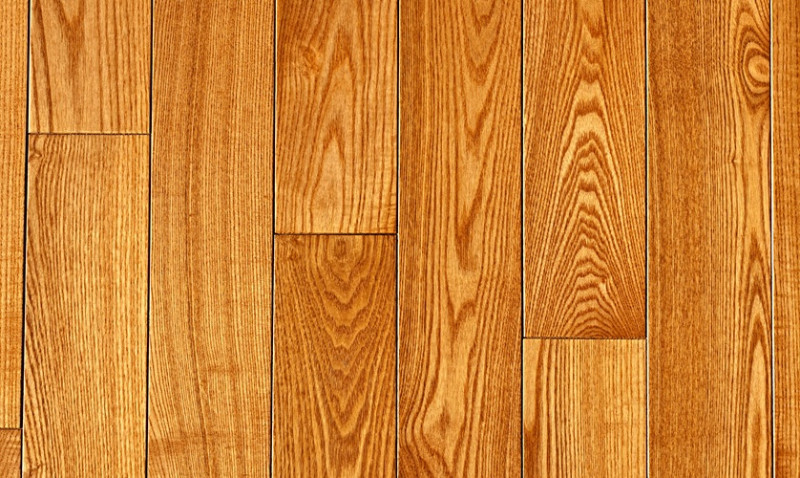
When it comes to choosing the right finish for your wood floors, few decisions have as much of an impact on aesthetics, maintenance, and longevity as the choice between an oil or polyurethane finish. Whether you're a DIY enthusiast updating your home, a young professional furnishing your first flat, or a designer specifying materials for a renovation project in the UK, understanding the differences between oil and polyurethane finishes is key to achieving the look and performance you desire.
Both finishes protect your wood floors, but they behave and perform quite differently. Let’s explore the pros and cons of each, and help you decide which is better suited for your lifestyle and design needs.
What is an Oil Finish?
Oil finishes, commonly using hardwax oil or natural oils like tung or linseed, penetrate deep into the wood grain, enhancing the natural texture and colour. They work from the inside out, nourishing the timber while allowing it to breathe. This results in a soft, matte appearance that highlights the organic character of the wood.
Oil-finished floors are especially popular among architects and designers seeking a natural, understated aesthetic. The finish gives a handcrafted feel to a space, making it perfect for rustic, Scandinavian, and contemporary interiors. Because the oil seeps into the wood, scratches and wear are less visible, giving the floor a more forgiving, lived-in look over time.
One of the major advantages of oil finishes is how easy they are to maintain and repair. Individual scratches can simply be spot-treated without sanding the entire floor, which is ideal for busy households or for clients who want something that only gets better with age. However, this finish does typically require more regular maintenance than polyurethane.
In the UK climate, particularly in older properties with humidity swings, oil finishes are often preferred because they allow the wood to expand and contract naturally, reducing the risk of warping.
What is a Polyurethane Finish?
Polyurethane finishes form a durable topcoat that sits on the surface of the wood, acting as a physical barrier against moisture, scratches, and general wear-and-tear. This finish can come in either water-based or oil-modified formats, offering varying degrees of gloss from satin to high-shine.
For trade professionals or homeowners looking for high-traffic durability and longer periods between maintenance, polyurethane is often the go-to option. It's widely used in commercial spaces, rental properties, and busy homes due to its toughness and resistance to staining and damage.
While the appearance is typically glossier and more uniform than oil, many modern water-based polyurethanes offer a low-sheen option that's more in line with contemporary interior design preferences. This finish does not penetrate the wood, which means damage like scratches or dents can sometimes show more clearly, especially in high-gloss finishes.
It's also worth noting that refinishing a polyurethane floor usually requires sanding back to bare wood, which can be more labour-intensive and costly in the long term. For heritage properties or older floorboards, this could be a concern if you want to preserve the original wood over time.
Comparison Table: Oil vs Polyurethane Finish
| Feature | Oil Finish | Polyurethane Finish |
|---|---|---|
| Appearance | Natural, matte, enhances wood grain | Glossy/satin finish, more uniform |
| Durability | Good, with regular maintenance | High, resistant to scratches & water |
| Maintenance | Frequent, but easy touch-up | Minimal, but full refinish needed if damaged |
| Repairability | Spot repairs possible | Requires full sanding |
| Eco-Friendliness | Often natural oils, low-VOC | Water-based options available, higher VOC in oil-based |
| Feel Underfoot | Natural, warm, textured | Smooth, often cooler |
| Best For | Design-led homes, period properties | High-traffic homes, commercial spaces |
Which Finish is Better for Your Lifestyle?
If you're prioritising a natural aesthetic and don’t mind regular upkeep, an oil finish is a perfect match. This is particularly true if you’re refurbishing a period home or designing a luxury interior where maintaining tactile and visual warmth is essential.
On the other hand, if you have pets, kids, or simply prefer a "fit and forget" solution, polyurethane might serve you better. The durability and water resistance are hard to beat, making it ideal for modern families or rental landlords seeking minimal maintenance.
For those in-between—seeking a combination of beauty and resilience—mixed finishing systems are also available. Some homeowners opt to apply a hardwax oil with additional protective layers, or low-sheen poly finishes that mimic the look of oil.
Your choice may also depend on how hands-on you want to be with maintenance. Oil-finished floors invite a bit more involvement, but give you control over touch-ups and long-term appearance. Polyurethane finishes are more of a set-and-forget approach, focusing more on practicality than character.
Environmental Considerations
Increasingly, UK homeowners are placing higher value on eco-friendly finishes. Many oil finishes are made from natural, renewable resources with low VOC (volatile organic compound) emissions—an essential consideration for families concerned about indoor air quality.
Water-based polyurethane finishes are becoming more popular due to their lower VOCs compared to oil-based polys, but they still contain synthetic materials. If sustainability is a top priority in your renovation project, look for finishes that meet UK and EU environmental standards, or ask your supplier for certified eco-friendly options.
Conclusion: Make a Choice That Matches Your Space and Values
There’s no one-size-fits-all solution when it comes to wood floor finishes. Oil and polyurethane each offer unique advantages depending on your design vision, lifestyle, and how much time you’re willing to invest in maintenance.
DIYers and design lovers may be drawn to the rich, tactile feel of oil, while tradespeople and property owners might favour the resilience and ease of polyurethane. Whichever finish you choose, understanding these core differences will help you make a more confident, informed decision that enhances both performance and aesthetics in your space.
Need expert advice or product recommendations for your project in the UK? Our team is always here to help with tailored solutions for every floor type and design style. Feel free to get in touch or browse our selection of premium wood finishes to find the perfect fit for your flooring needs.
